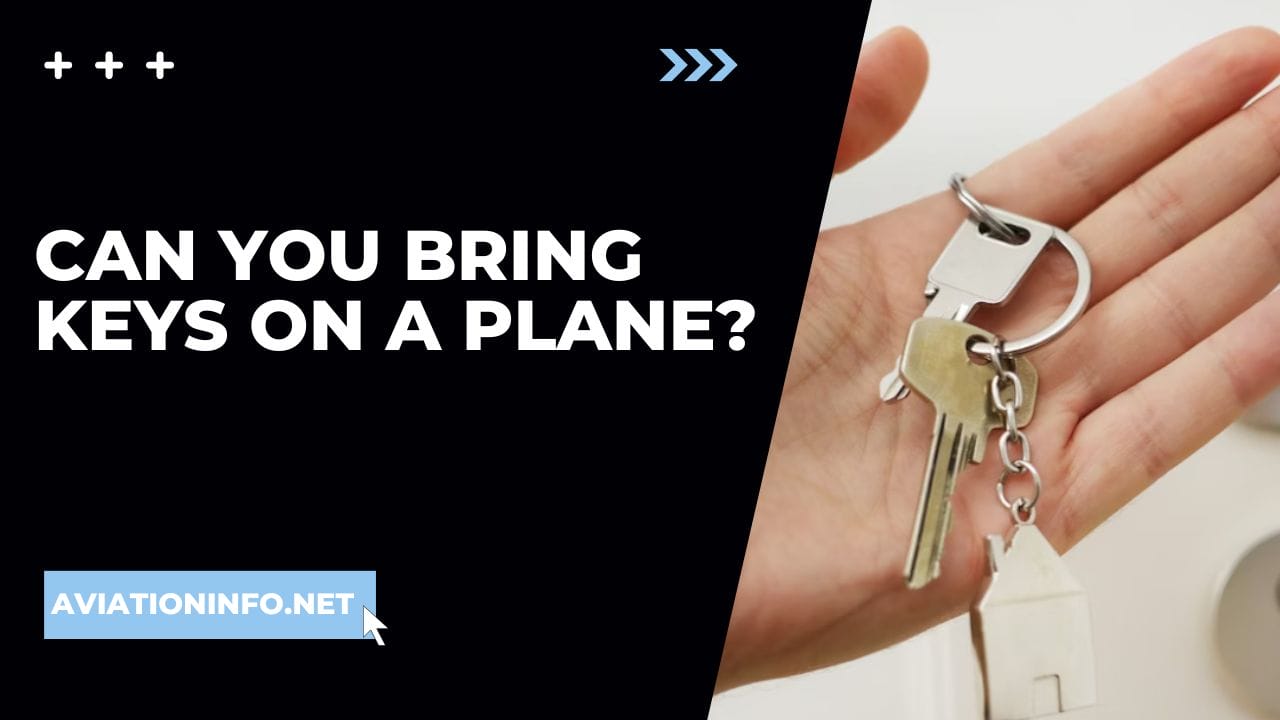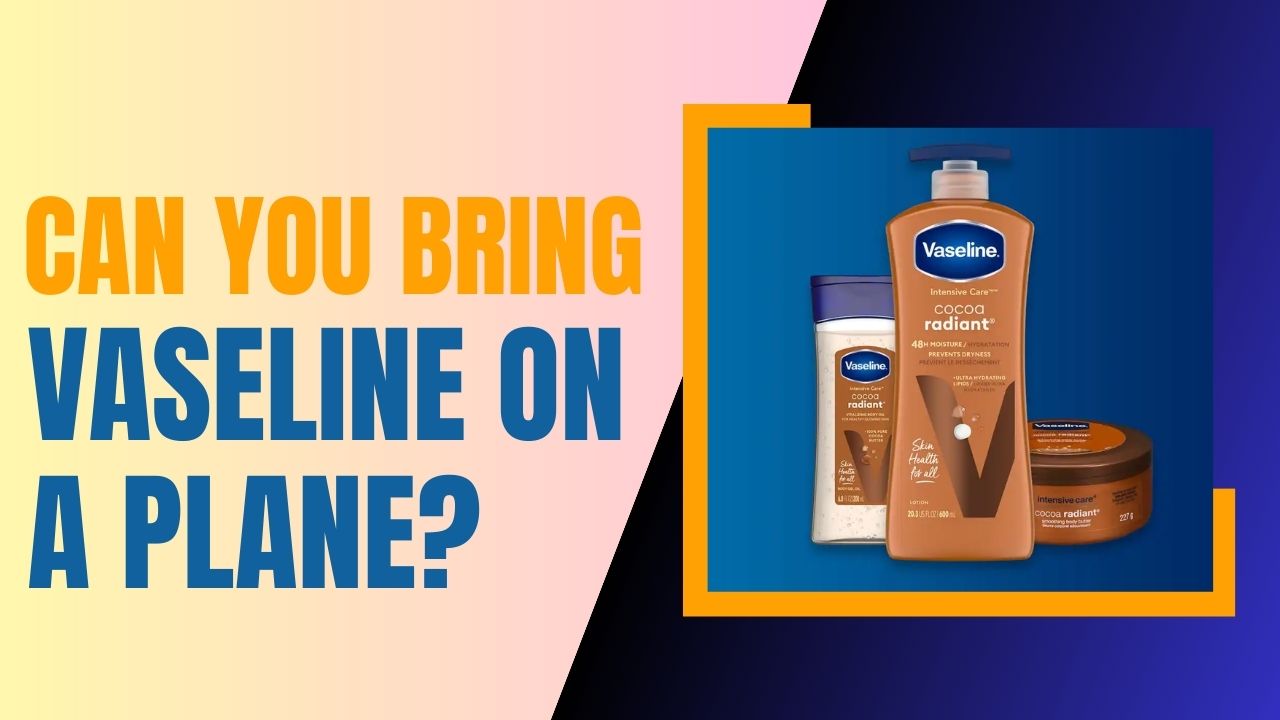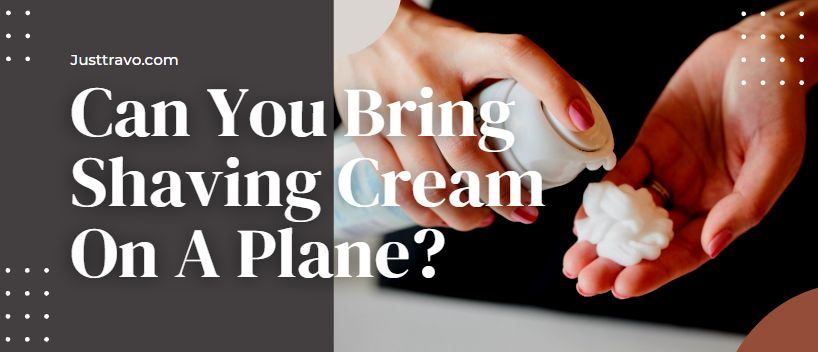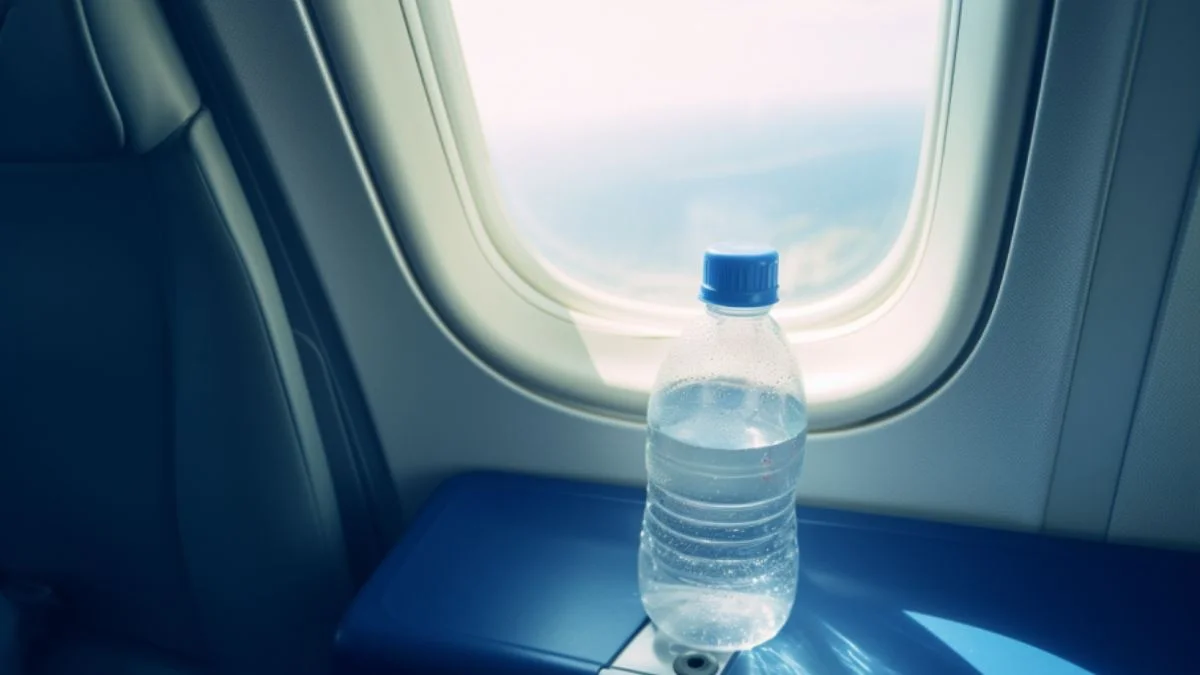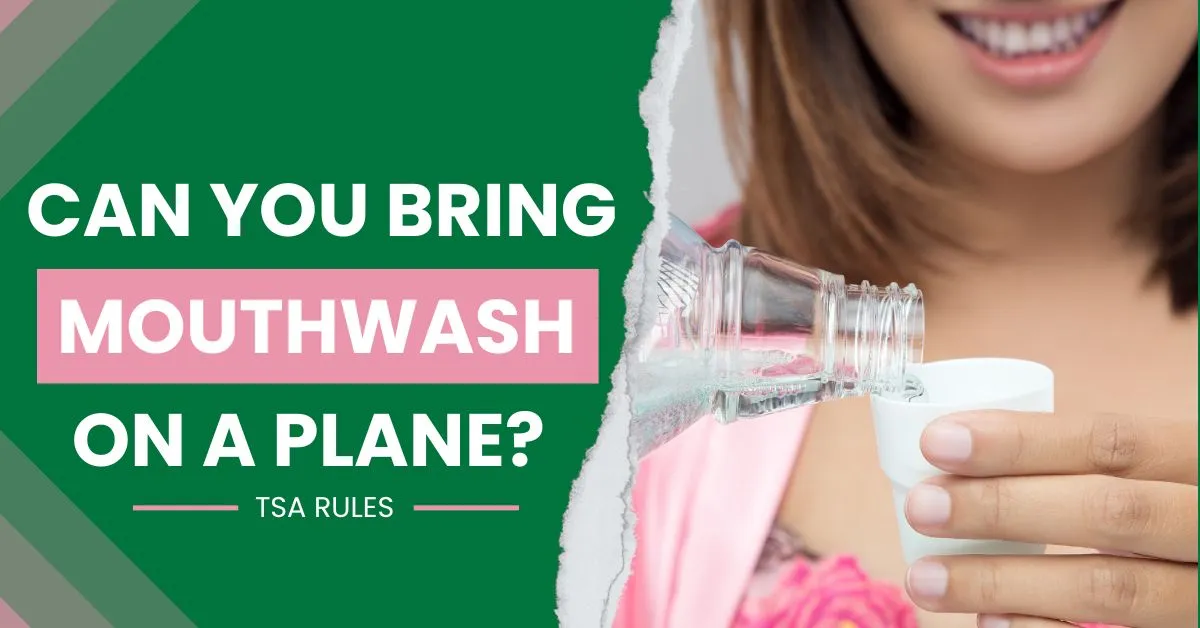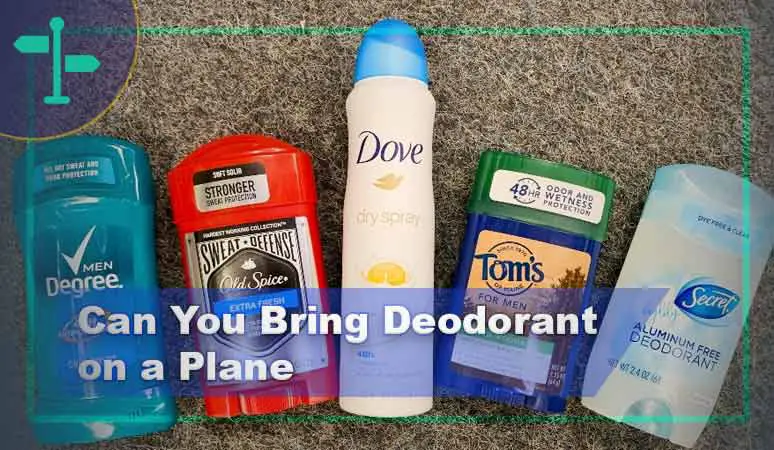Can You Bring Silicone On A Plane
The question of what passengers can and cannot bring on airplanes often sparks confusion. One increasingly common query revolves around silicone products, from personal care items to medical devices, and whether they are permitted in carry-on or checked baggage.
This article aims to clarify the Transportation Security Administration's (TSA) regulations regarding silicone items on flights, addressing passenger concerns and providing a comprehensive overview of current policies.
TSA Guidelines on Liquids, Gels, and Solids
Understanding the TSA's stance on liquids, gels, and solids is crucial to answering the question of silicone transport. The agency's 3-1-1 rule, a cornerstone of airport security, dictates the permissible quantity of liquids and gels in carry-on bags.
According to the TSA, each passenger is allowed to carry liquids and gels in travel-sized containers that are 3.4 ounces (100 milliliters) or less. These containers must fit comfortably in one quart-sized, clear, plastic, zip-top bag.
Silicone products that fall under the category of liquids or gels, such as shampoos, lotions, or some types of lubricants, must adhere to this rule. Solids, however, are generally subject to less stringent quantity restrictions.
Specific Silicone Products and Regulations
Silicone implants, often used for medical or cosmetic purposes, present a unique situation. The TSA generally permits silicone implants, whether already implanted or carried separately.
However, it's advisable to carry documentation from a physician explaining the medical necessity of the implants, especially when traveling internationally, to avoid potential delays or questions. Similarly, silicone-based medical devices, such as CPAP masks or feeding tubes, are typically allowed, but require proper documentation.
Silicone utensils and food storage containers, increasingly popular due to their durability and heat resistance, are generally permitted in both carry-on and checked baggage. There are typically no restrictions on these items as long as they are clean and do not contain prohibited substances.
Silicone toys, another common source of inquiry, are also usually allowed. However, passengers should be mindful of the potential for these items to raise concerns if they resemble weapons or other prohibited items.
Potential Issues and Mitigation Strategies
While the TSA generally permits many silicone items, individual screeners have the discretion to flag items that raise suspicion. This can occur even if the item technically complies with regulations.
To mitigate potential issues, travelers should pack silicone items in a way that allows for easy inspection. Clear, resealable bags can be helpful for organizing smaller items and presenting them to TSA officers.
It's also advisable to arrive at the airport with ample time to spare, allowing for potential delays caused by security checks. Checking the TSA website or app for the most up-to-date information and specific guidance on certain items is also a good practice.
Human Interest: Traveling with Medical Silicone
For individuals relying on silicone-based medical devices, air travel can be particularly stressful. Sarah Miller, a Type 1 diabetic who uses a silicone insulin pump tubing, shared her experience.
"Traveling with my insulin pump is always a bit nerve-wracking," she explained. "I always carry a doctor's note and make sure my pump is easily visible during security checks. Thankfully, I haven't had any major issues, but it's important to be prepared."
Stories like Sarah's highlight the importance of clear communication and preparation when traveling with medical devices. Contacting the airline or the TSA ahead of time can also help ensure a smooth travel experience.
International Travel Considerations
While the TSA's regulations apply to flights within the United States, international travel may involve additional considerations. Other countries have their own security regulations, which may differ from those of the TSA.
Passengers traveling internationally should research the security regulations of their destination country to avoid potential issues. Consulting the embassy or consulate of the destination country can provide valuable information.
It's crucial to pack according to the stricter of the regulations, ensuring that all items comply with the standards of both the origin and destination countries.
Conclusion
In summary, most silicone products are allowed on airplanes, subject to the TSA's 3-1-1 rule for liquids and gels. Medical devices and implants are typically permitted, but documentation is recommended.
By understanding the regulations, packing strategically, and communicating clearly with security personnel, travelers can navigate airport security with ease. Staying informed and prepared is key to a stress-free travel experience.
Ultimately, the TSA's primary goal is to ensure the safety and security of air travel, and adhering to their guidelines helps contribute to a more secure environment for everyone.



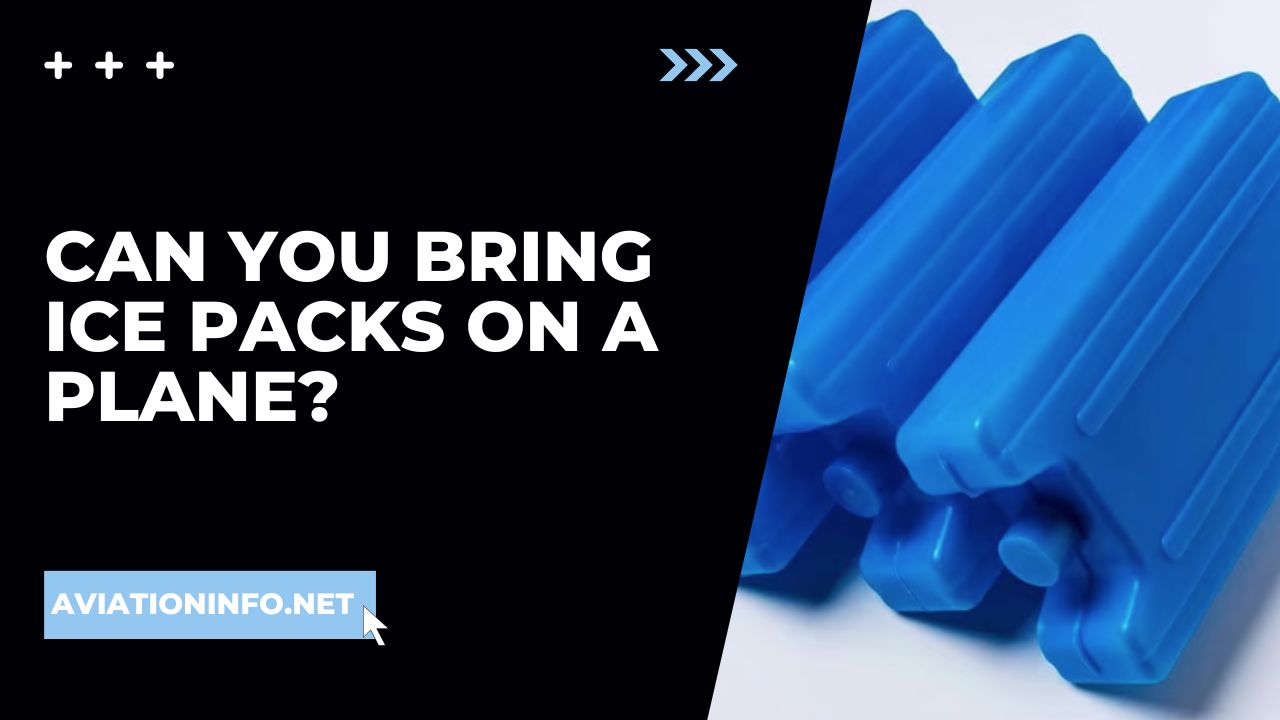
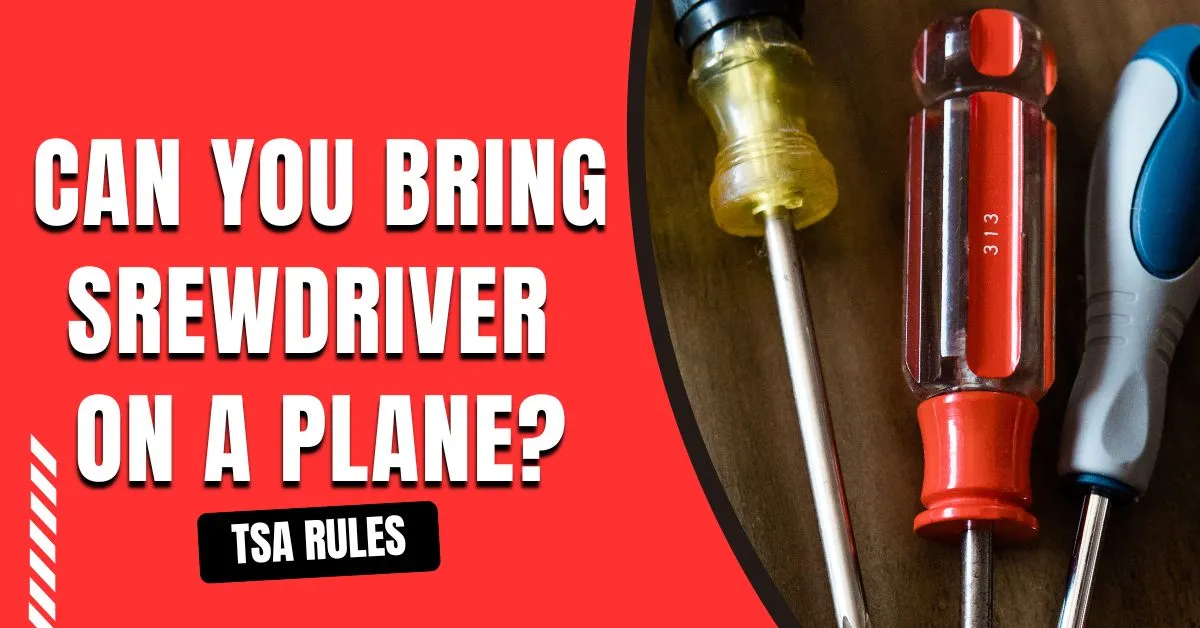
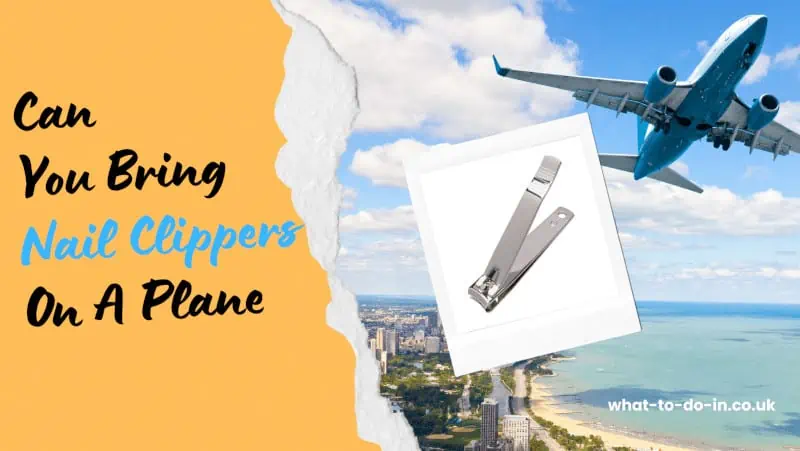
![Can You Bring Silicone On A Plane Can You Bring Ice Packs On A Plane? [TSA Rules]](https://justtravo.com/wp-content/uploads/2023/07/Can-You-Bring-An-Ice-Pack-On-A-Plane.jpg)
